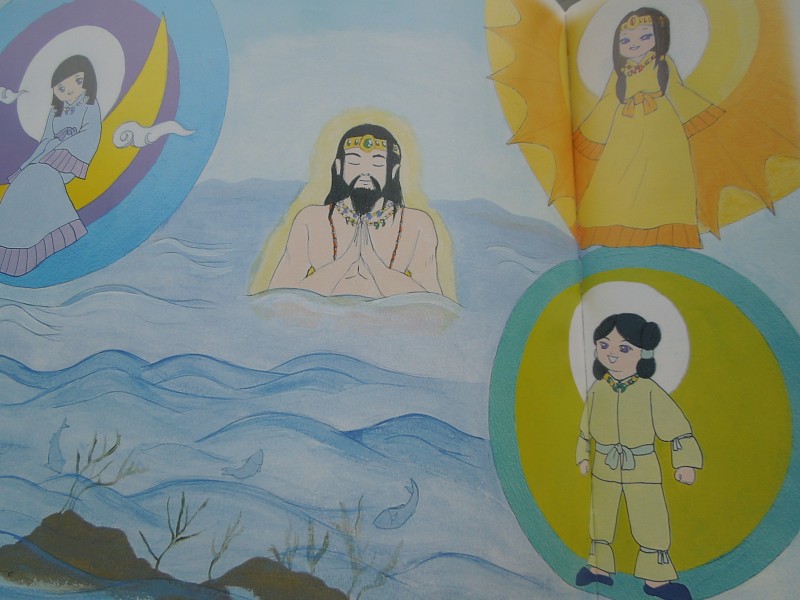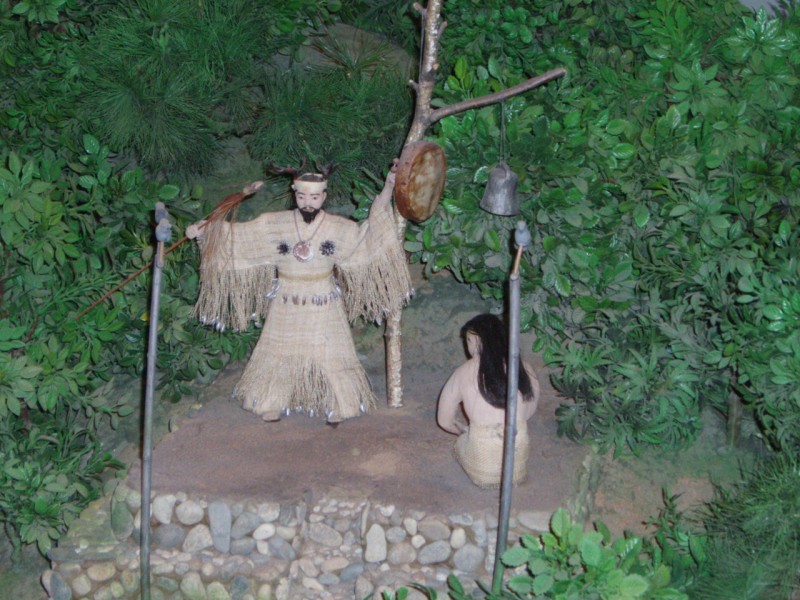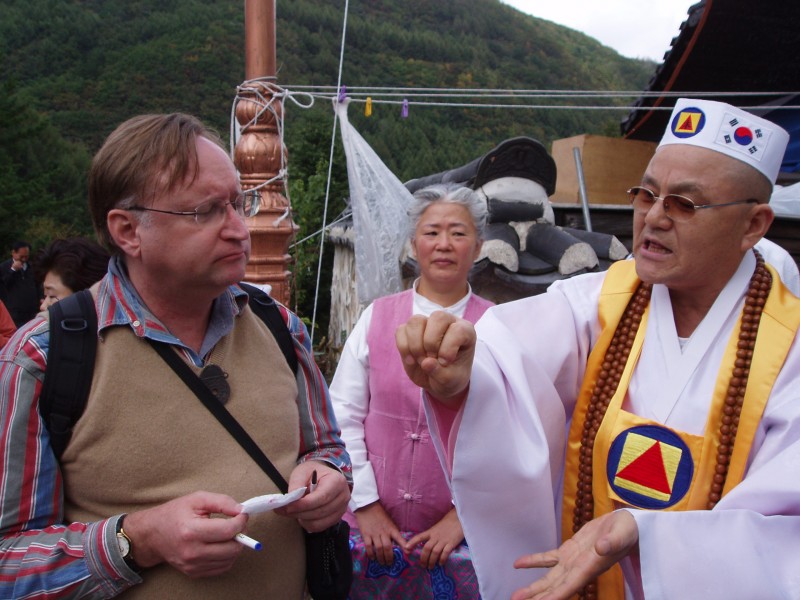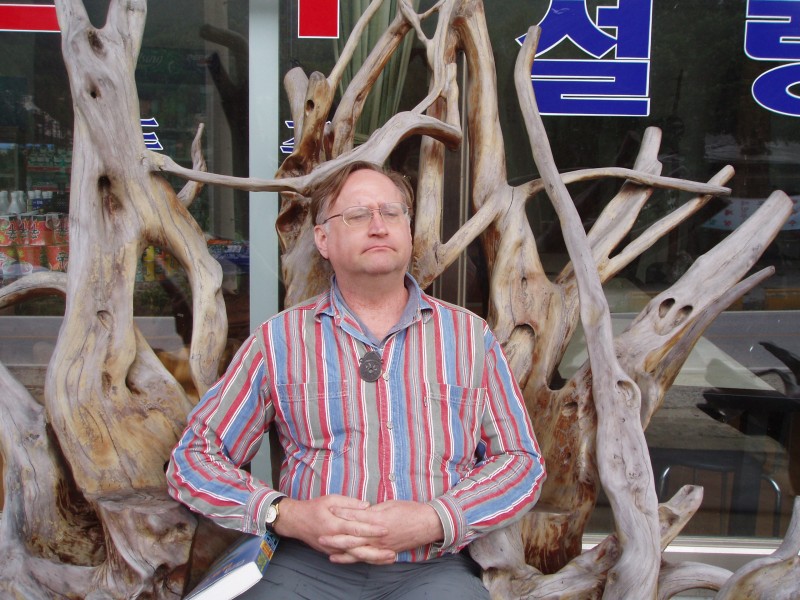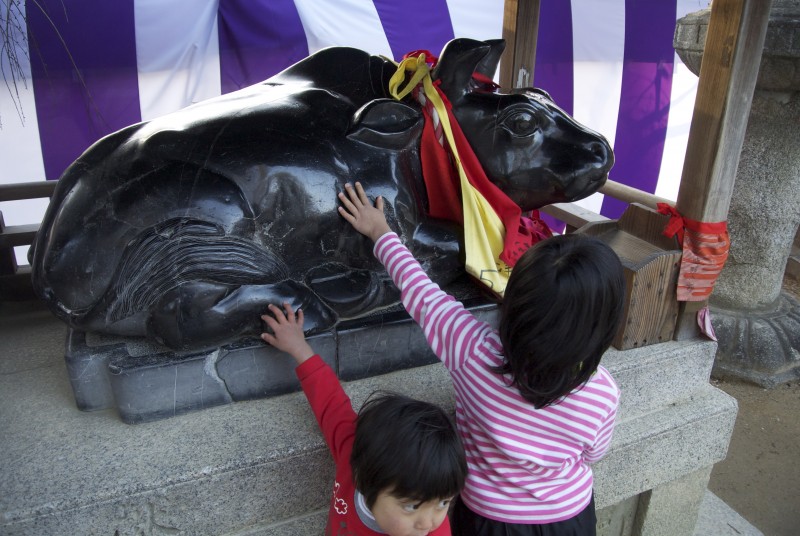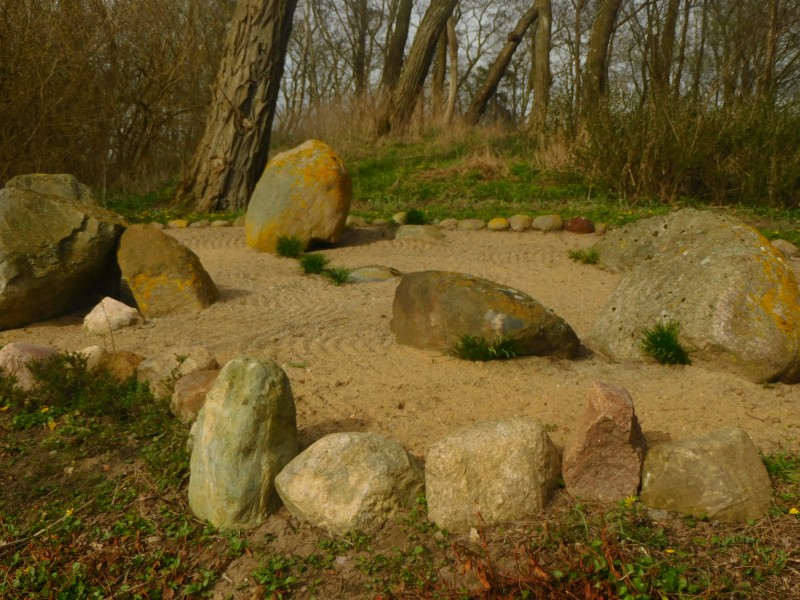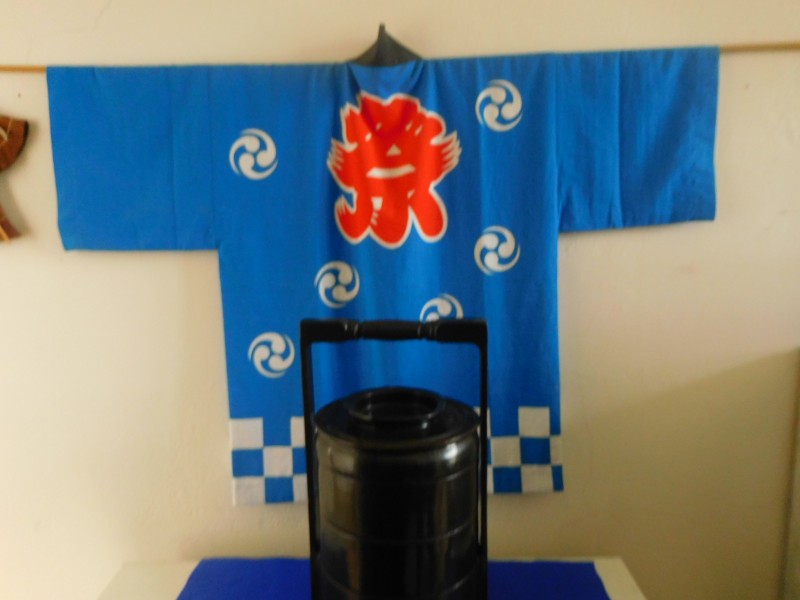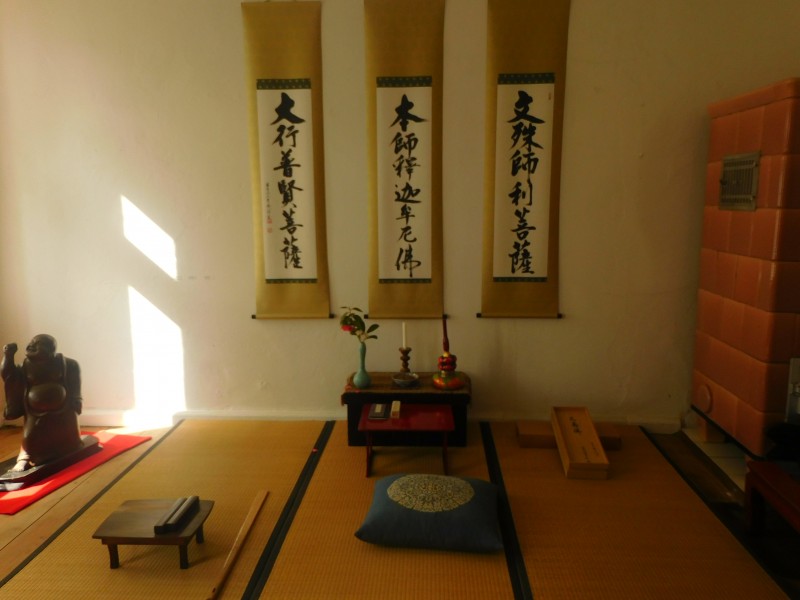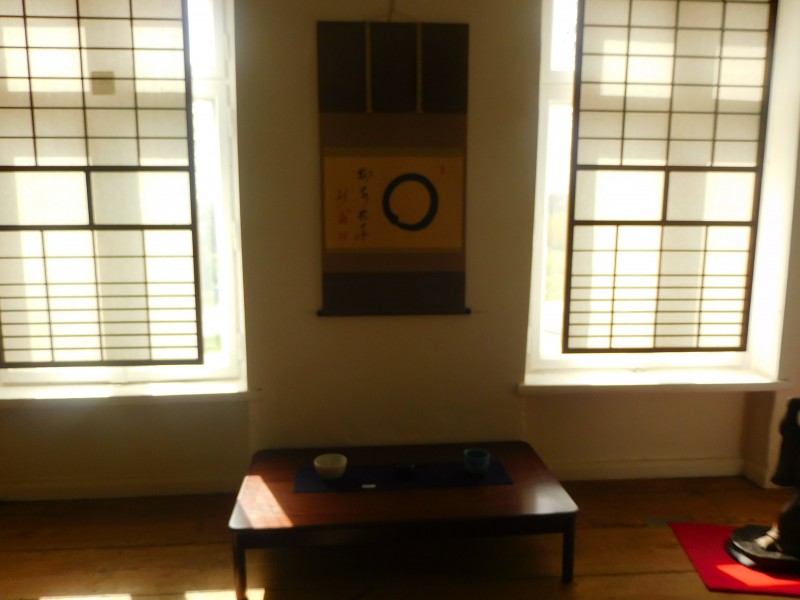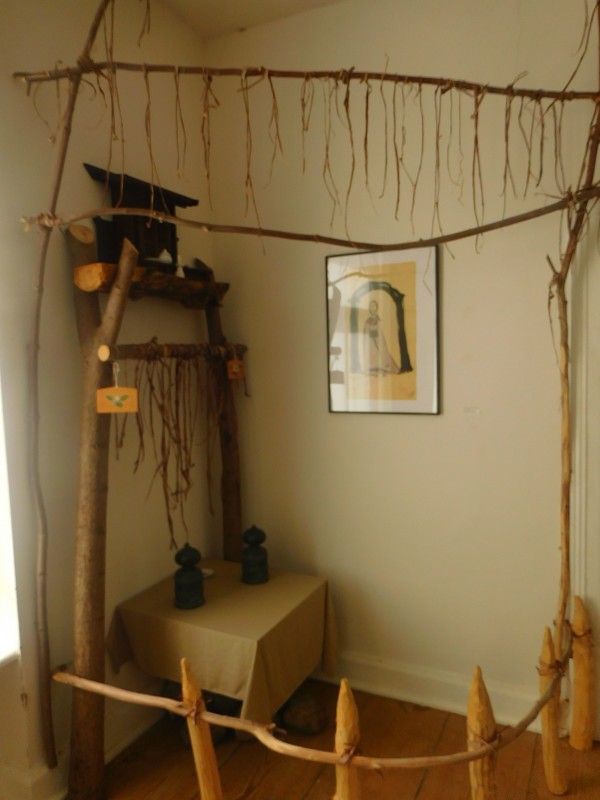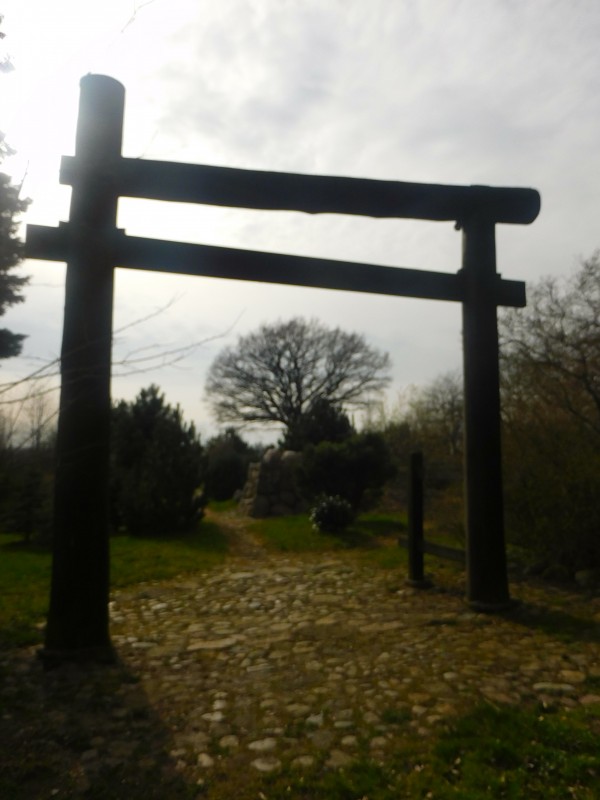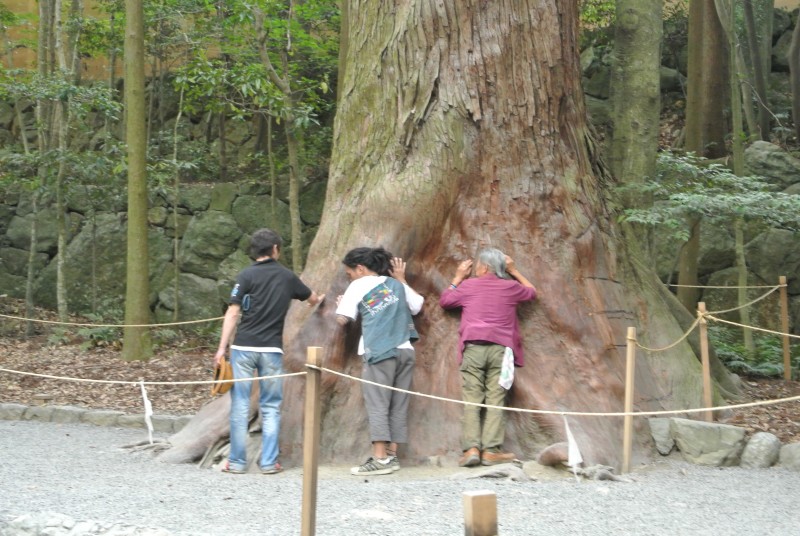
The sacred trees of Ise
An article in today’s Guardian entitled Trees Make Our Lives Better in Unquantifiable Ways has appeared in response to news that a company is trying to measure exactly how much urban trees are worth. As Oscar Wilde said, some people know the price of everything but the value of nothing!
*****************
Scientists say that that when human beings see the color green and interact with nature, our bodies manifest chemical and psychological signs of reduced stress. According to an article published on Thursday by CityLab, one Texas company is trying to quantify for cities the dollar amounts that trees are worth in their combined capacities as air-scrubbers, noise-pollution reducers, neighborhood beautifiers and natural stress relievers.
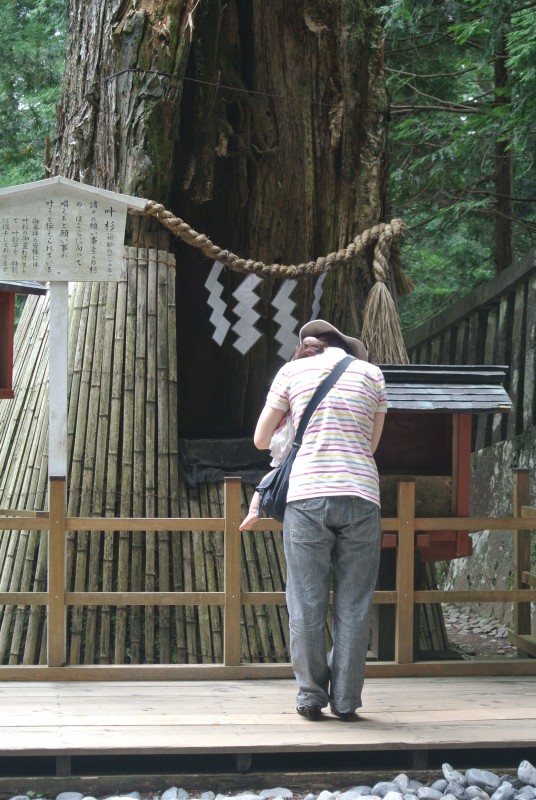
“Lower cortisol is given off when you see green,” said i-Tree founder David Nowak. “We want to develop an index of how much green you can see from any given point in a city, how your body reacts to it, and what the economic value is.”
Satellite imaging shows that cities with more trees are cooler on average, have less air pollution and – as a result – fewer instances of respiratory-related illnesses. Cooler temperatures mean less energy used in the summer and more trees means higher property values.
All of that aside, and as well-intentioned as Nowak may be, there is something absolutely unquantifiable about the benefits of living near trees.
I should mention, by the way, that I’m not a Nature Person or one of those people who think there’s something wrong with you if you stay inside reading a book all day on a bright, sunny day. In fact, growing up as a black-clad teenage goth in steamy, sun-blasted south Georgia, a bright, sunny day in and of itself was sufficient reason to shelter in place until further notice.
I remember arriving at a friend’s house one spring afternoon with a bouquet of cut flowers. “Look, honey,” I said. “Some nature.”
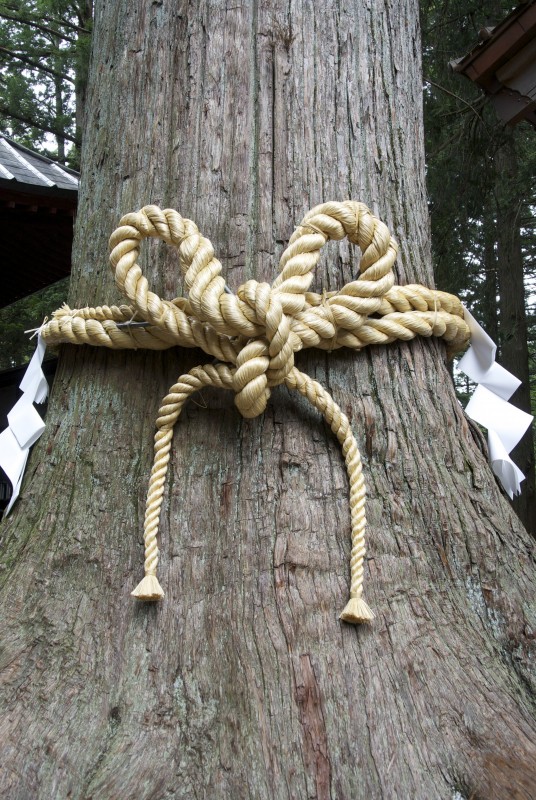
Nicely wrapped sacred tree on the island of Shiraishi
“Ooh,” she replied, mixing a vodka gimlet, “let me open a window. It’ll be just like we’re hiking.”
Advertisement
And yet, I mentally mark the points of the calendar by what the trees are doing. Maybe it’s from growing up in the south, but there are points in the winter, for instance, when I swear that I can feel the iron-hard, frozen branches of the old oaks in my bones. In spring, I feel the nervous, itchy excitement of buds aching to open.
I love to visit New York City, New Orleans, London and other electric, fast-moving cities, but after about a week or so, all the noise and the grimness and the gray concrete and stone all start to get to me. I begin to ache to run loose in the woods like when I was a kid, in the long, free hours between the end of school and dinner. Back then I learned to tell time by the angle of sunlight slanting through the pines. I can still smell rain 24 hours before it comes in the soil around their roots.
Maybe it’s that trees live so much longer than we do. Maybe it’s that nothing ever seems to bother them enough to make them yank up their roots and leave, but even now, as an adult, there are times when my thinking gets too sped-up and scrambled and I need to wander into the woods behind my house, shimmy up a tree and sit in its branches. Up there, I can slow down my ricocheting mind, breathe in that sweet, green smell and just think long, slow thoughts.
I challenge all the legions of bean-counting accountants in the world to put a dollar value to that. I don’t think you can.
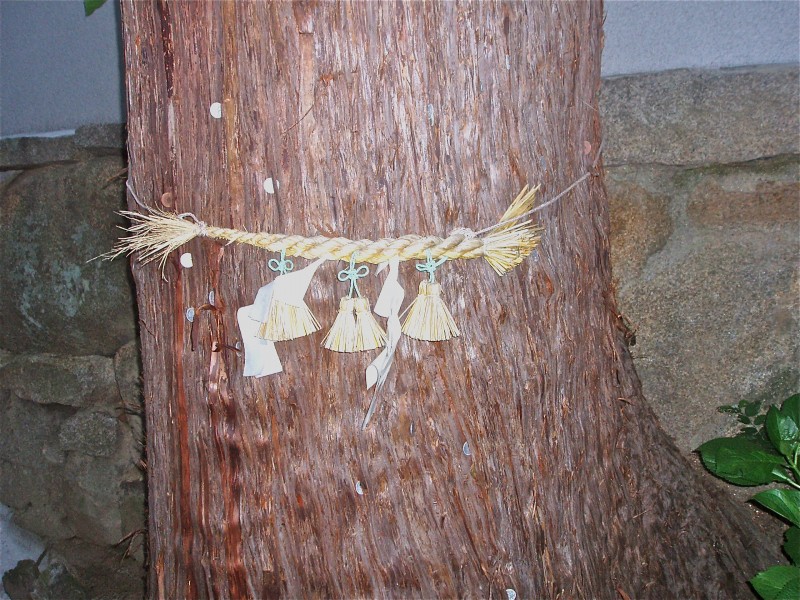
Money offerings – but this tree’s not for sale!
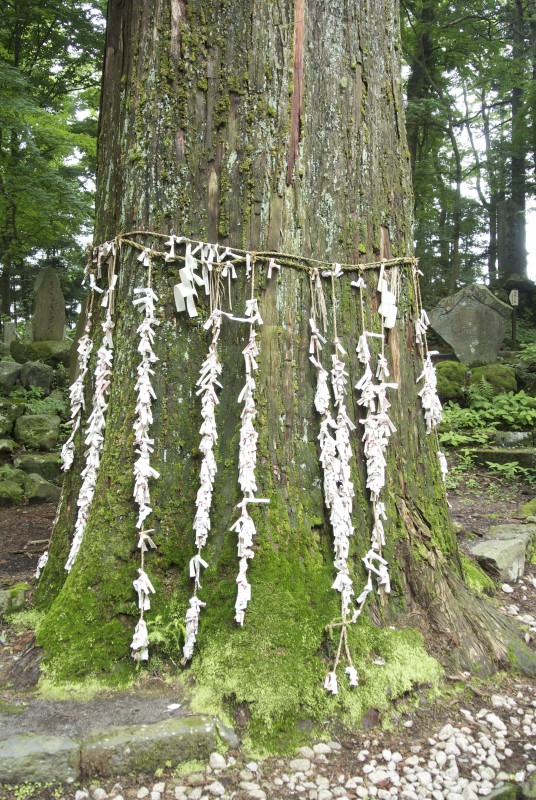
Sacred tree dressed up in its best finery
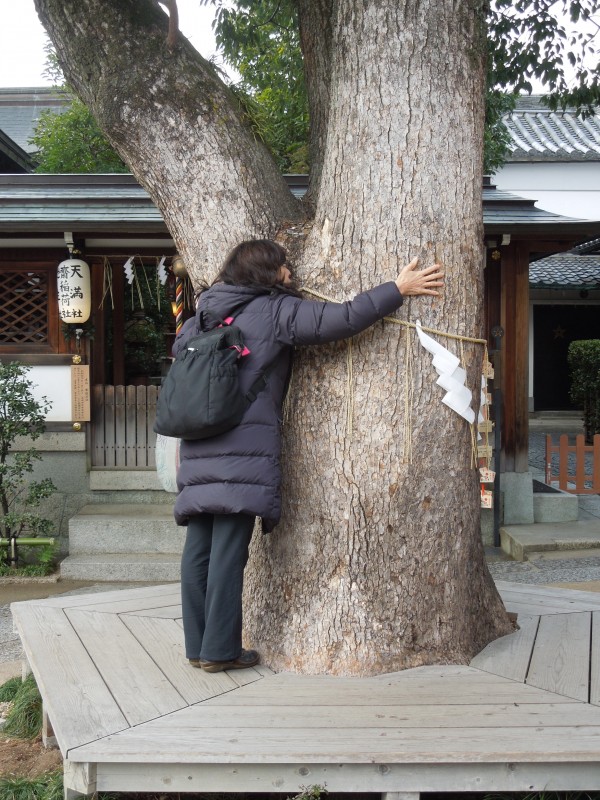
Trees are a natural treasure

 Earth Day is an annual day on April 22 to heighten awareness of the need for environmental protection. The April 22 date was adopted by the United Nations in 2009 and is celebrated in more than 192 countries. The concept was first put forward by John McConnell in 1969 at a UNESCO Conference in San Francisco. It was later sanctioned in a Proclamation signed by Secretary General U Thant at the United Nations.
Earth Day is an annual day on April 22 to heighten awareness of the need for environmental protection. The April 22 date was adopted by the United Nations in 2009 and is celebrated in more than 192 countries. The concept was first put forward by John McConnell in 1969 at a UNESCO Conference in San Francisco. It was later sanctioned in a Proclamation signed by Secretary General U Thant at the United Nations.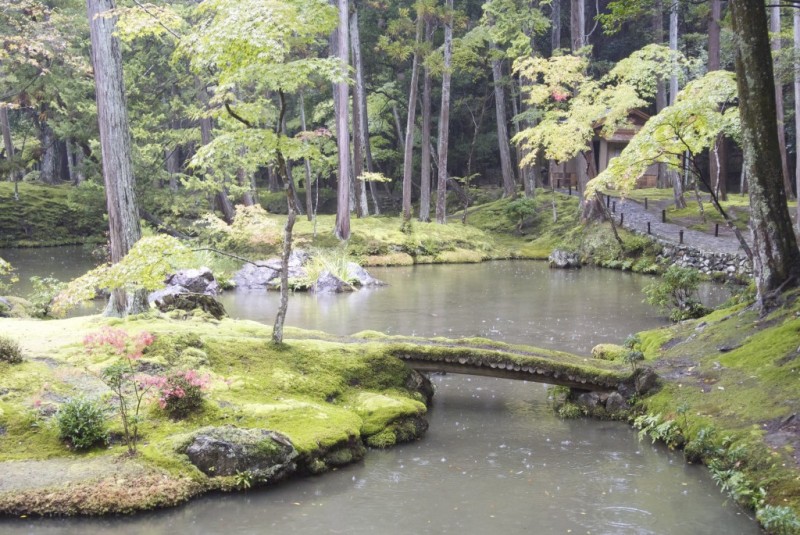
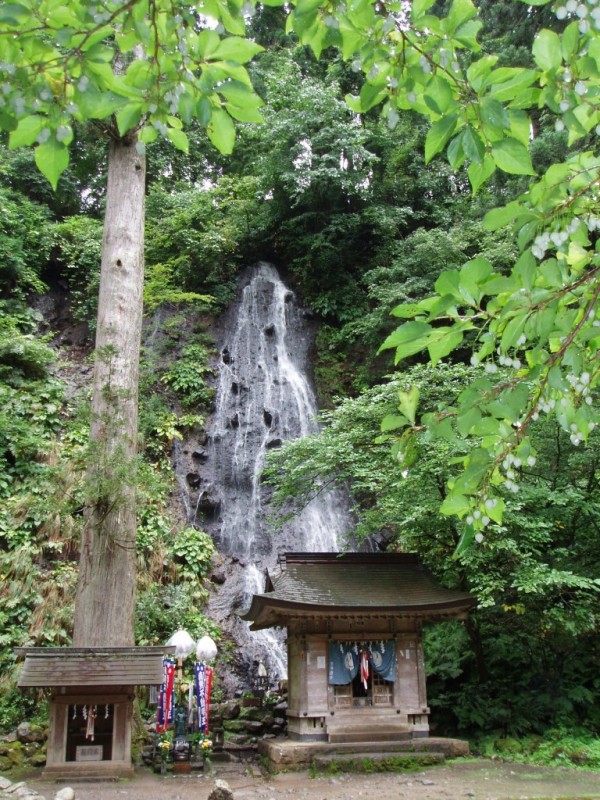
 In 2012, to celebrate the 1200th anniversary of Kojiki (712), NHK commissioned a version of the Hyuga cycle of myths, central to the putative descent of the imperial line from heaven.
In 2012, to celebrate the 1200th anniversary of Kojiki (712), NHK commissioned a version of the Hyuga cycle of myths, central to the putative descent of the imperial line from heaven.